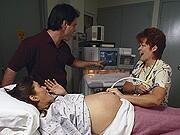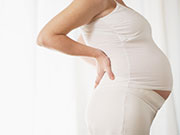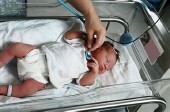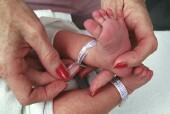Tag: Childbirth
Increasing Trend Toward Use of ‘Laborists’ in Hospitals
Trend increasing as hospitals seek to improve patient safety and more doctors want to be salaried
Cervical Cerclage Rates Remain Steady
Multiple gestation, prior preterm birth are commonly associated with cerclage use
Questionable Benefit for Episiotomy in Vacuum Delivery
Rate of obstetric anal sphincter injuries up in parous women with mediolateral, median episiotomy
Facility Costs of Hospital Birth Vary by Nearly $10K Across U.S.
Evaluation of hospital practices may offer opportunities for cost reduction
More Specific Newborn Names Could Help Reduce Medical Errors
Incorporating mothers' names into newborns' IDs led to a drop in patient mix-ups, say researchers
Higher Pregnancy/Childbirth Risks for Women With Epilepsy
But complications or maternal death during delivery are still rare
Meta-Analysis: Gum Chewing Beneficial After Cesarean Delivery
Gum chewing linked to improvements in major outcomes of digestive system activation
C-Section, Autism Spectrum Disorder Link Questioned
No correlation seen for elective, emergency cesarean section in sibling control analysis
Weight-Based Enoxoparin Dosing Best for Obese After C-Section
Weight-based dosing more effective than BMI-based dosing for venous thromboembolism prophylaxis
Umbilical Cord Clamping Delay Found Beneficial in Boys
Fine-motor and social skills slightly improved in boys, but no difference in IQ, researchers say














